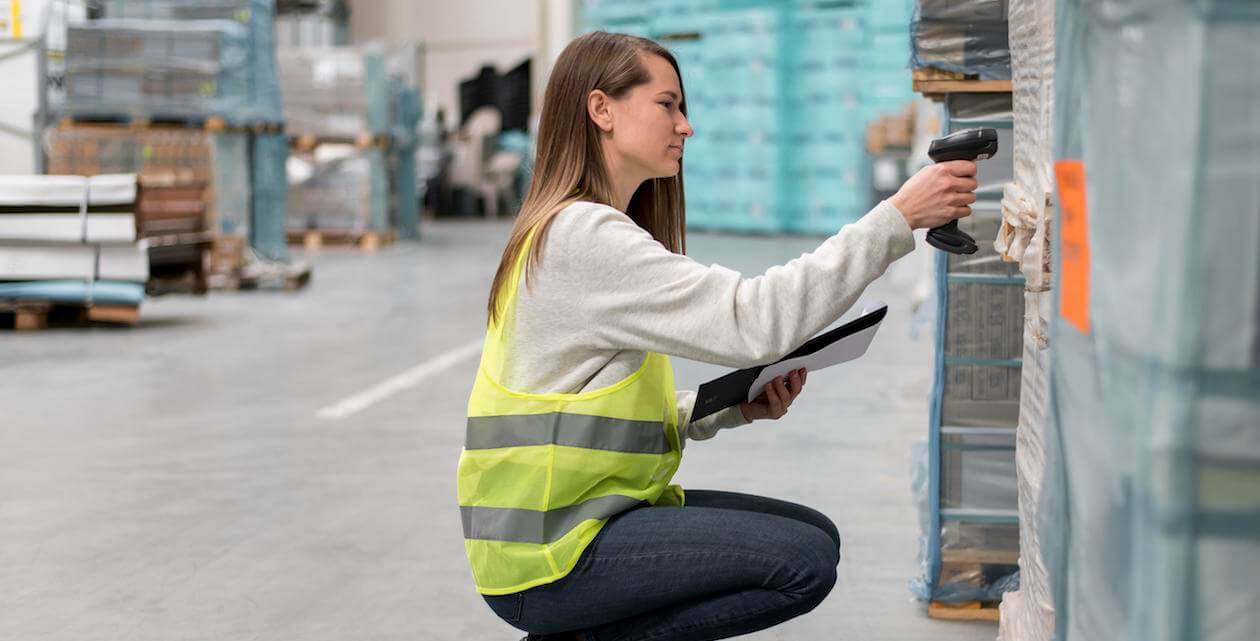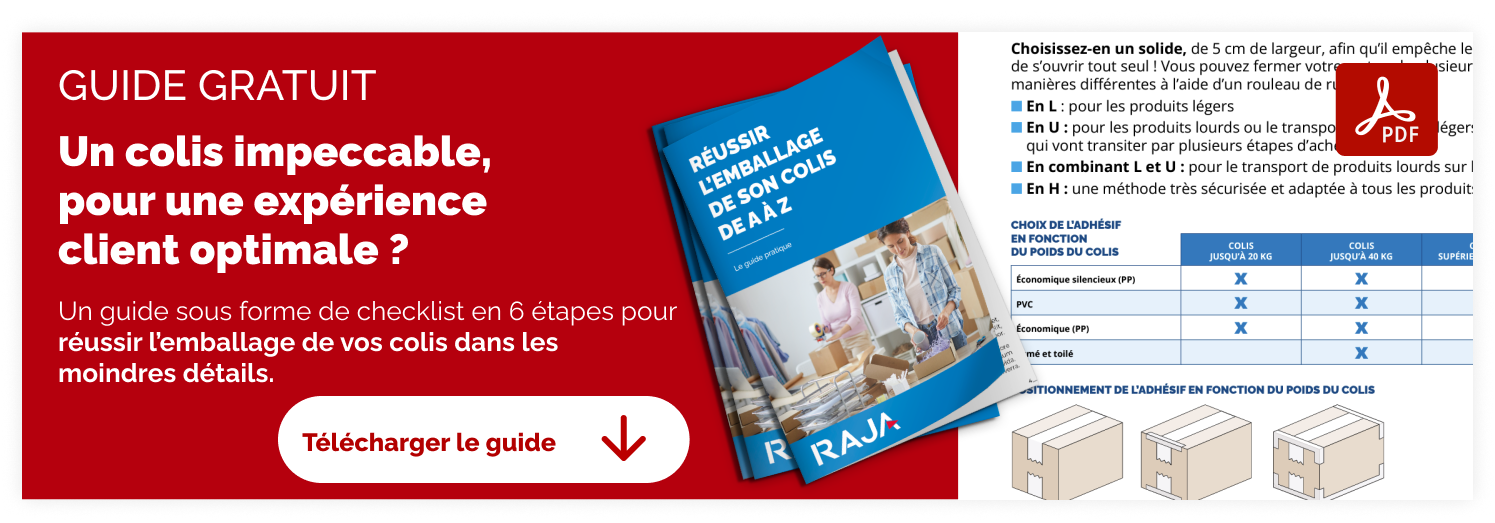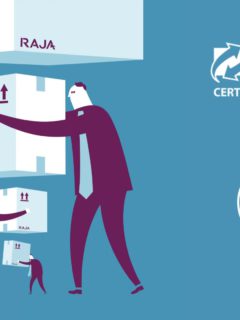Are you thinking of starting co-packing in your supply chain?
This packaging technique generally gives rise to a number of considerations: should you internalise your co-packing? What equipment should you procure, if any? What are the best practices for ensuring the safety of your products during shipment?
To help you in these considerations, we share with you our solutions for setting up optimal co-packing and adapting your logistics management to this packaging challenge.

What is co-packing?
Co-packing is a packaging practice, particularly widespread in the cosmetics, food and pharmaceutical sectors, which consists of creating a batch from different products (either with the same product several times, or with different products).
To take a concrete example, you might decide to bundle a toy together with the batteries that are used to operate it; or, on the food side, to bundle two packs of cakes together in a single secondary package
The co-packing method can be of interest to you in several circumstances
- When you create product packages after the primary packaging has been manufactured: this could be the case, for example, if you are launching an e-commerce box
- When you organise a promotion, with similar products sold at a lower price in a pack, in a “multipack” marketing logic
- When you create massive batches for wholesale distribution
Contract packaging has the advantage of giving more visibility in a shop or supermarket display: co-packed products take up more shelf space. Generally, this practice also makes your products more attractive, in a low-priced pack.

Do you need to bring your co-packing in-house or outsource it?
In the world of logistics, many brands decide to delegate their co-packing to companies specialising in this method of packaging. These external service providers can take charge of all or part of your batch packaging. The advantage of this subcontracting is that it allows you real flexibility in preparing orders and reactivity when you want to launch a promotional operation
A co-packer can, in particular, take charge of the design of your packaging, the management of your co-packed inventory, the assembly of your customised goods, and possibly the dispatch of your product batches
So when is it advisable to outsource your co-packing?
- If you plan to make frequent promotional offers of product bundles, you gain in efficiency and your warehouse can continue to focus on “traditional” order picking.
- If you have a large volume of products to co-pack, and few human or materialresources to manage their packaging and shipping.
What equipment should you choose to co-pack your products?
If you want to package and pack your products yourself in batches, you will need the right packaging and packing equipment for optimal finished products
Think about investing in..

A thermo-film wrapping machine. This packaging machine allows you to place a plastic shrink film, similar to a blister pack, on the products: this film fits perfectly on the product. Thermo-filming your products helps you to secure your goods together and to present them in a more attractive way (especially if you want them to be displayed on the shelf).

A parcel wrapping machinethe machine allows you to secure the different boxes together with a strong strap.
A pallet strapping machinethis can be useful if you are co-packing for wholesale and want to secure your palletising properly.
Customisable labels, which are needed to indicate promotional elements linked to the product batch, including the discount for the end customer.
If your supply chain strategy includes a large amount of contract packaging, you can also opt for the creation of customised packaging dedicated to co-packing. This customisation is the optimal solution for making your packaging line more fluid and ensuring that your products benefit from optimal protection.
4 more tips for successful co-packing logistics
What if you were to take inspiration from the following 4 good practices to set up truly optimal co-packing logistics operations?
Organise your supplies and stock management for co-packing
For good co-packing, it is not enough to set up traditional packaging operations. Your stock and your supply method must also be thought out for this type of processing
Take the time to gather the same sales units to be co-packed in the same area of the warehouse. This practice reduces the picking time of the different products, improves the management of human flows in the warehouse, and therefore obtains an optimal rate of product packaging
You should also make sure that the references of the products contained in your batches are traceable, both in your warehouse and in your accounts. To do this, the large warehouses use WMS(Warehouse Management System) solutions.
Take into account your marketing needs before packing
Good co-packed products also mean that key marketing elements are placed on your packaging, so think about calling on your company’s marketing department before you choose your packaging solutions
in particular, think about it with the marketers..
- The marking of the promotion: will it be done by a label on the packaging or a specific sticker?
- The implementation ofa relevant unboxing: the optimal unpacking of products is crucial if you are responsible for e-commerce logistics, where your packages are the first physical contact points you establish with your customers! To learn more about goodunboxing practices, consult our guide dedicated to the subject.
- The integration of goodies and product samples in your packaging– these “little extras” can make all the difference to your brand image! This practice is very often used in industries such as cosmetics and food.
Train your operators in good co-packing practices
For your logistics flows to be optimal in terms of co-packing, each packaging agent must know the good practices for creating your product batches. Indeed, co-packing is different from a traditional packaging method
Make sure that your operators are optimally trained in..
- The installation of new packaging and any cushioning materials
- The use of packaging machines, which may sometimes require new processes to be set up in the warehouse
- Picking and handling techniques specific to this logistics activity
- Special labelling of repackagedproducts
- Quality control of your co-packed goods on your production line
Perform delivery tests on a small part of your batches
Changes in methods or processes mean that you need to carry out tests before rolling out your new logistics and transport strategy more generally. Make sure you carry out tests on a small percentage of your product batches. The aim is to ensure that your co-packing withstands the delivery, unloading and final routing of your products
















